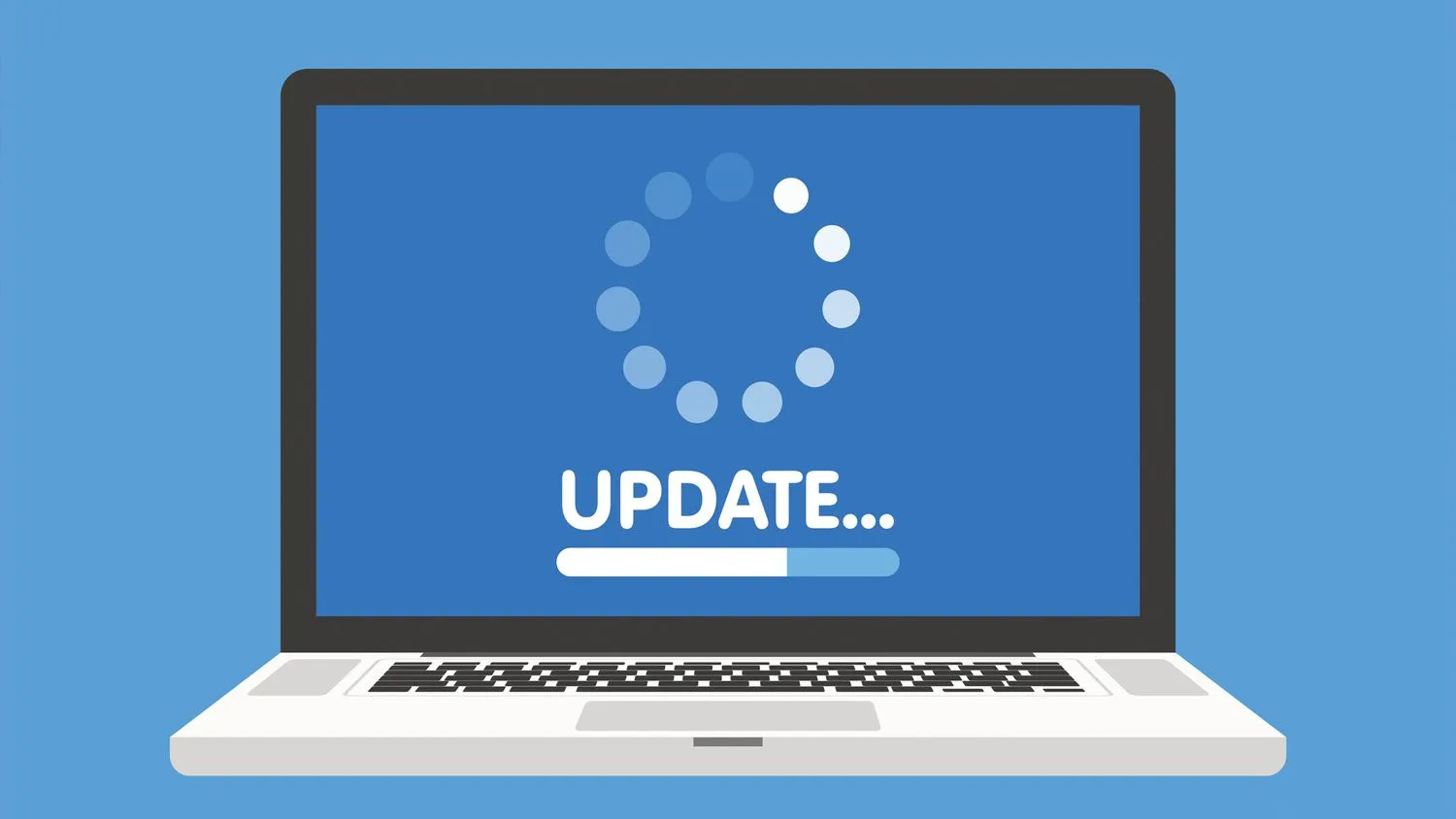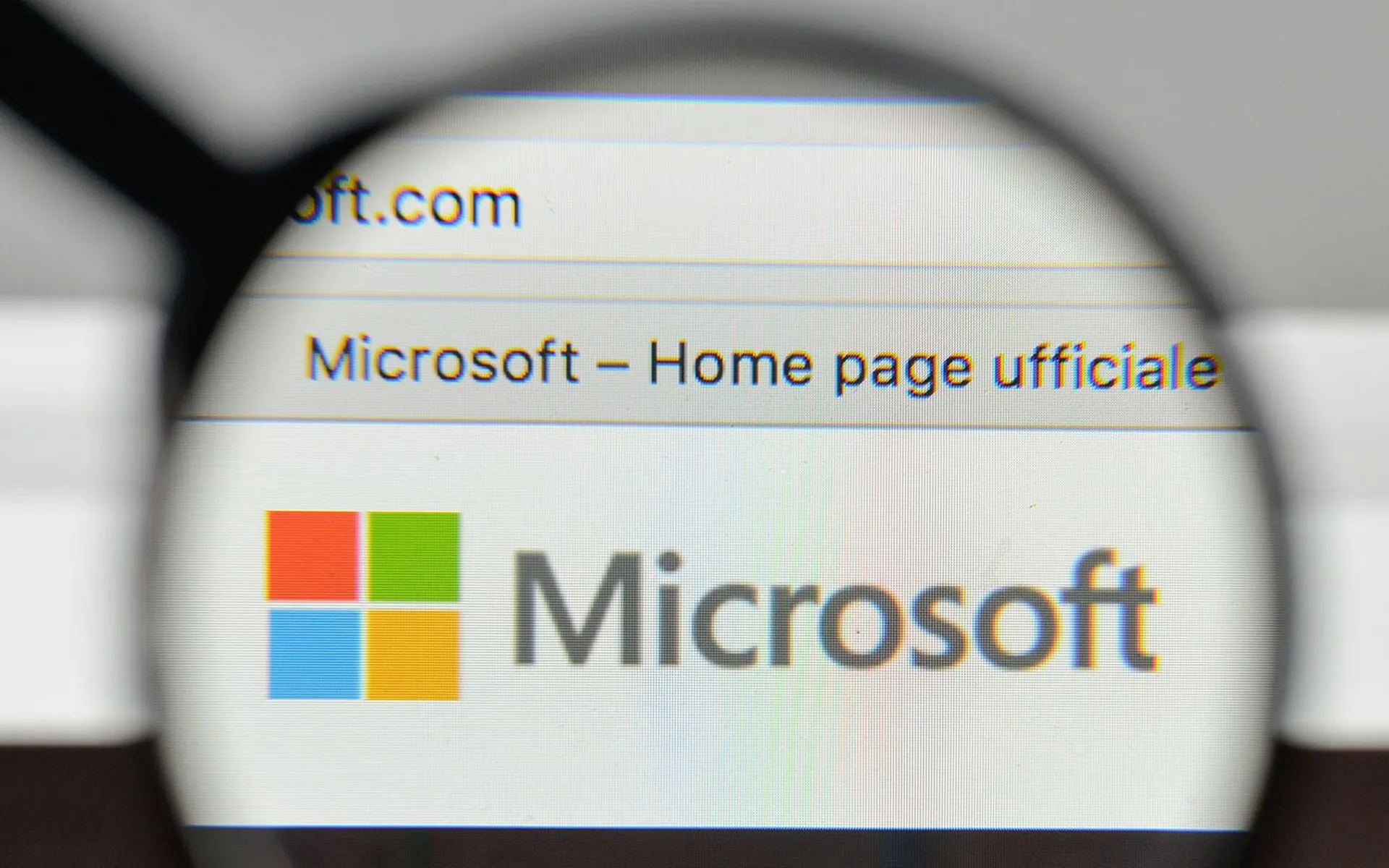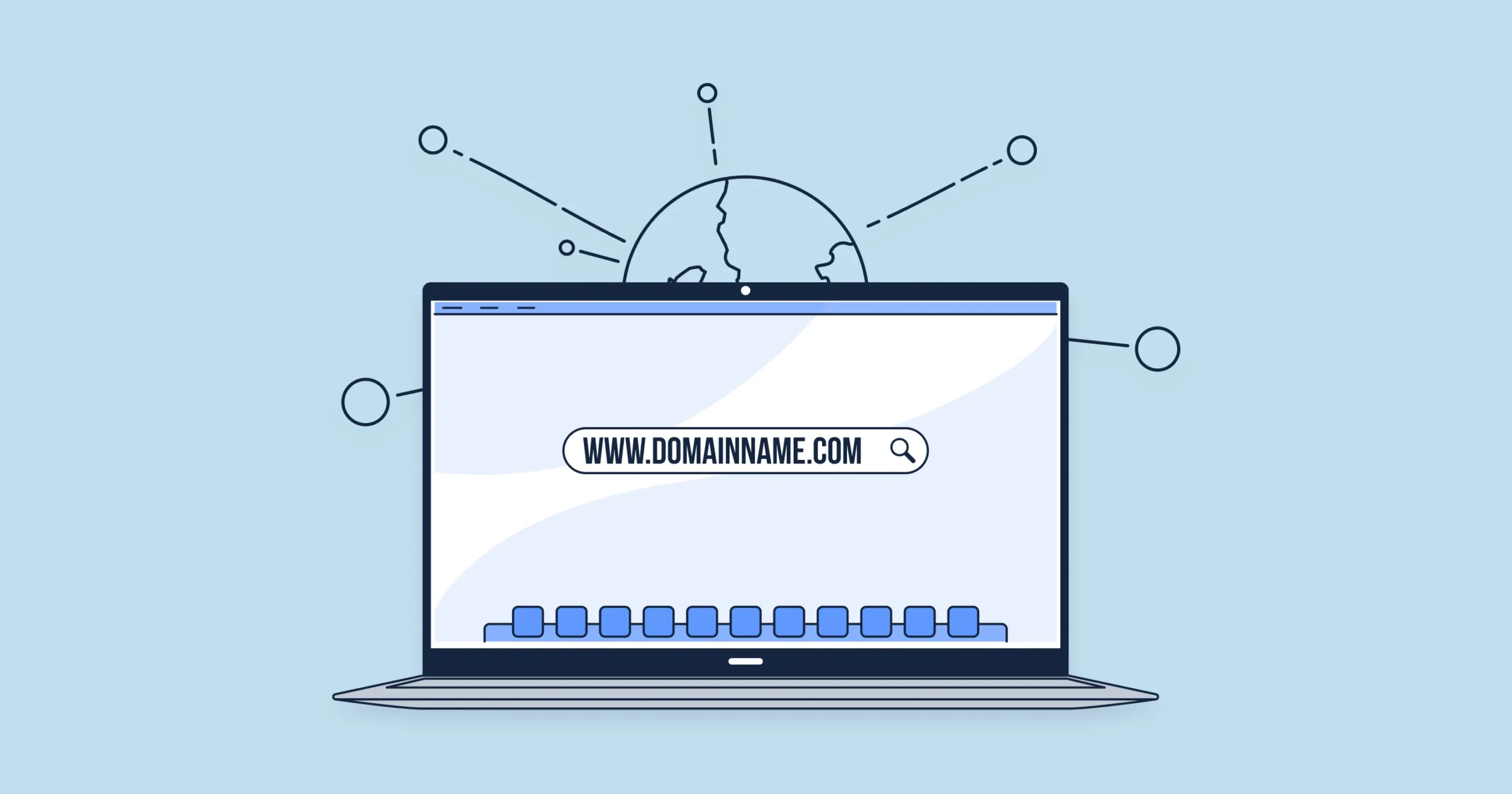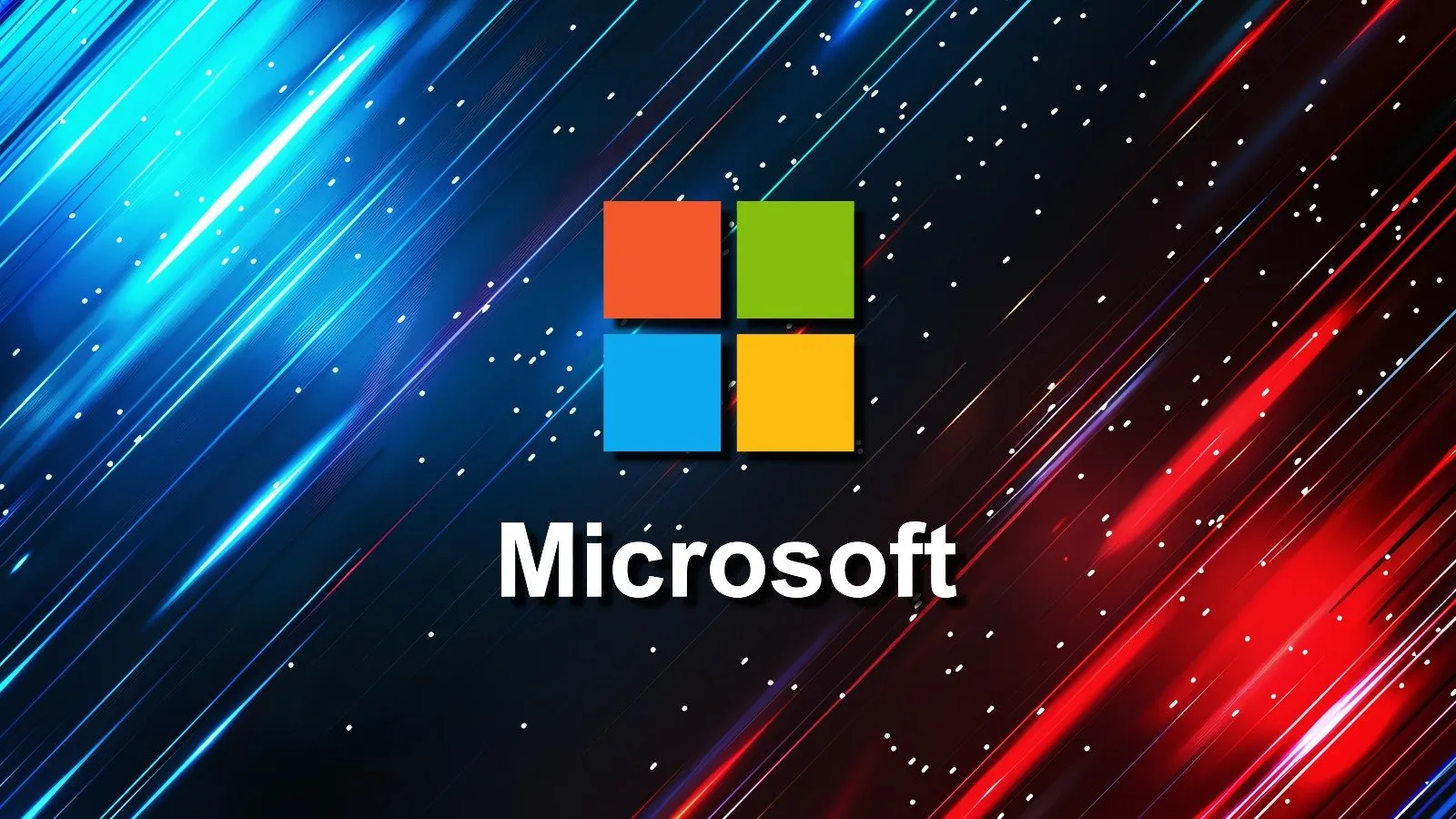As the clock winds down on the availability of azureedge.net domains, Microsoft has issued an urgent directive to developers within the .NET community. This announcement comes in the wake of the bankruptcy and imminent shutdown of CDN provider Edgio, signalling significant changes that could disrupt existing software ecosystems.

Understanding the Impact
The heart of this transition lies in the retirement of specific domains, notably dotnetcli.azureedge.net and dotnetbuilds.azureedge.net. Scheduled to go offline in the coming months, their discontinuation threatens the stability of numerous projects. Developers leveraging .NET installers, as well as organizations employing GitHub Actions or Azure DevOps with custom pipelines, stand to face considerable challenges. The potential fallout extends to Docker and script users who have dependencies on these soon-to-be-obsolete domains.
Microsoft has detailed the transition, explaining that their CDN solutions, hosted by the now-defunct Edgio, will necessitate a migration to alternative networks. “We maintain multiple Content Delivery Network (CDN) instances for delivering .NET builds. Some end in azureedge.net. These domains will soon cease operations due to bankruptcy,” Microsoft elaborated. The company anticipates potential downtimes in the near term, with a permanent retirement of the domains expected in early 2025.

Strategic Shifts and Developer Actions
In response to the changes, Microsoft has urged the developer community to proactively update their codes, scripts, and configurations. The recommended course of action involves replacing references to azureedge.net and dotnetcli.blob.core.windows.net with builds.dotnet.microsoft.com. This shift aims to smooth over the transition period, which will see a temporary collaboration between Edgio, Akamai, and Azure Front Door as Microsoft finalizes its new distribution model with other CDN providers.
Furthermore, CI/CD teams are advised to update their GitHub Actions and Azure DevOps tasks to versions that support the new domains. Notably, updates for Azure DevOps Server are slated for early 2025.

Firewall Considerations and Domain Ownership Queries
With new CDN domains coming into play, it’s crucial for IT teams to adjust their firewalls to allow traffic from the updated locations (builds.dotnet.microsoft.com and ci.dot.net). This adjustment is vital to maintain operational continuity and secure developer environments against potential threats.
The transition has raised questions about the feasibility of transferring and continuing the use of existing domains. Rich Lander, Program Manager of .NET at Microsoft, shared insights into the matter, stating, “We asked the same question. We were told that this option wasn’t being made available. We don’t have more information on that.” This response adds a layer of complexity to the situation, especially as Scott Hanselman of Microsoft confirmed that the company had secured ownership of the domains, ensuring that “no other party will ever have access to use these domains.”

Navigating Through Uncertain Times
This directive from Microsoft comes at a particularly challenging time, coinciding with the holiday seasons when many IT teams operate with reduced staff. The urgency of the migration and the operational risks it entails underscore the need for swift and informed action by all affected parties.
Developers and IT professionals are encouraged to stay abreast of the situation through Microsoft’s updates and community resources like GitHub. While the transition may pose immediate hurdles, the proactive steps outlined by Microsoft aim to mitigate long-term risks and ensure the continuity of .NET applications across various platforms.
For ongoing updates and detailed guidance, developers can refer to the official Microsoft GitHub page linked in the announcements. As the situation evolves, staying informed and prepared will be key to navigating these changes without significant disruption.
This pivotal moment in the .NET ecosystem serves as a reminder of the ever-evolving nature of technology and the importance of staying agile in the face of unexpected challenges. As developers around the globe update their systems and workflows, the collective effort will likely lead to a stronger, more resilient infrastructure.










